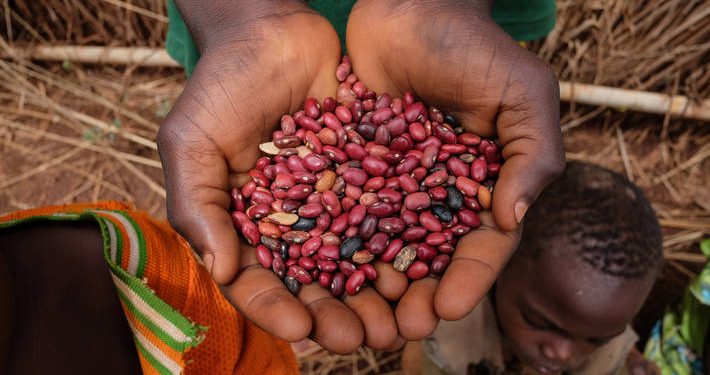A Food and Agriculture Organization (FAO) study has revealed that one in five people across Africa face food shortage representing a figure twice the global average. On the global stage, FAO, in its latest research notes that 122 million more people from 613 million in 2019 are currently facing hunger across the world due to multiple crises.
Repeated weather shocks, conflicts, including war in Ukraine and post-effects of Covid-19 pandemic are key contributors to food crisis across the world.
“While global hunger numbers have stalled between 2021 and 2022, the FAO report says there are many places in the world facing deepening food crises. Progress in hunger reduction was observed in Asia and Latin America, but hunger was still on the rise in Western Asia, the Caribbean and throughout all subregions of Africa in 2022,” said FAO in the latest State of Food Security and Nutrition in the World report 2023.
“Africa remains the worst-affected region with one in five people facing hunger on the continent, more than twice the global average,” said the FAO Study.
The report reveals that between 691 and 783 million people faced hunger in 2022, with a mid-range of 735 million. This represents an increase of 122 million people compared to 2019, before the COVID-19 pandemic.
“There are rays of hope, some regions are on track to achieve some 2030 nutrition targets. But overall, we must build resilience against the crises and shocks that drive food insecurity-from conflict to climate,” said UN Secretary-General António Guterres.
Beyond Hunger
The food security and nutrition situation remained grim in 2022. The report finds that approximately 29.6 percent of the global population, equivalent to 2.4 billion people, did not have constant access to food, as measured by the prevalence of moderate or severe food insecurity. Among them, around 900 million individuals faced severe food insecurity.
Meanwhile, the capacity of people to access healthy diets has deteriorated across the world: more than 3.1 billion people in the world – or 42 percent – were unable to afford a healthy diet in 2021. This represents an overall increase of 134 million people compared to 2019.
Millions of children under five continue to suffer from malnutrition: in 2022, 148 million children under five years of age (22.3 percent) were stunted, 45 million (6.8 percent) were wasted, and 37 million (5.6 percent) were overweight.
Progress has been seen in exclusive breastfeeding with 48 percent of infants under 6-months of age benefiting from this practice, close to the 2025 target. However, more concerted efforts will be required to meet the 2030 malnutrition targets.
Urbanization Driving Changes In Agrifood Systems – FAO
The report also looks at increased urbanization as a ‘megatrend’ affecting how and what people eat. With almost seven in ten people projected to live in cities by 2050, governments and others working to tackle hunger, food insecurity and malnutrition must seek to understand these urbanization trends and account for them in their policymaking.
In particular, the simple rural and urban divide concept is no longer sufficient to understand the ways in which urbanization is shaping agrifood systems. A more complex rural-urban continuum perspective is needed considering both the degree of connectivity that people have and types of connections that exist between urban and rural areas.
The report recommends that to effectively promote food security and nutrition, policy interventions, actions and investments must be guided by a comprehensive understanding of the complex and changing relationship between the rural-urban continuum and agrifood systems.
ALSO READ: Global Cereal Prices are Unlikely to Decline in 2023-IMF




